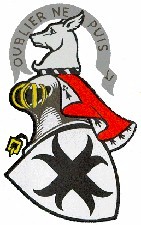 |
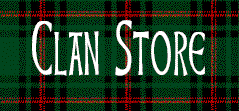 |
 |
 |
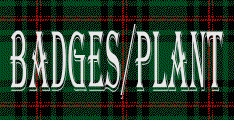 |
 |
 |
 |
 |
 |
 |
 |
 |
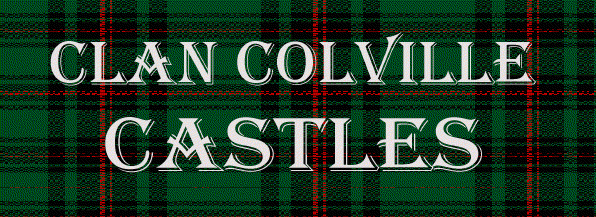
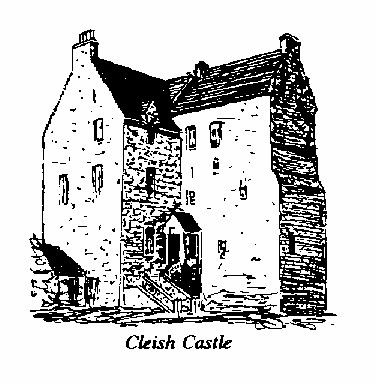 |
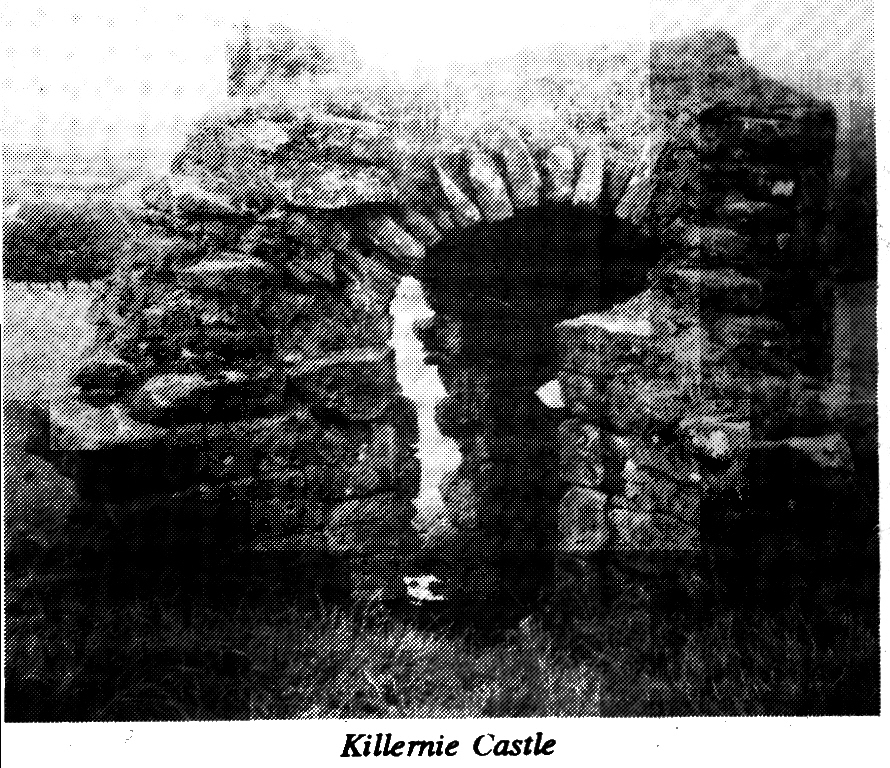 |
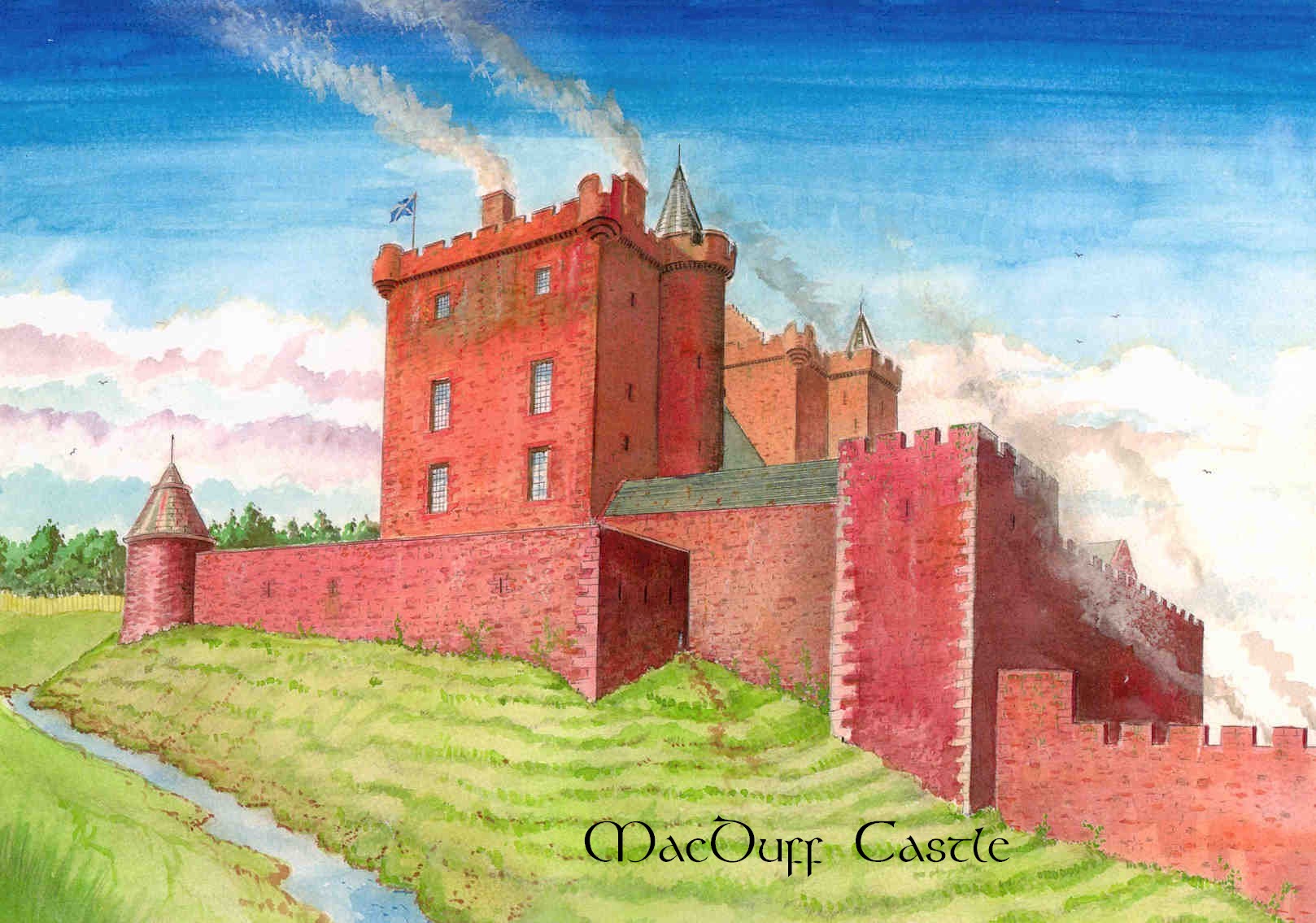 |
Cleish Castle, Kinross, Scotland is a lofty five story ashlar-faced tower standing on the northern slopes of the Cleish Hills. The main block measures 12m by 9m and has a wing measuring 6.2m by 8.5m the end walls of which rise in a series of external offsets. A reset dormer pediment has the initials of Robert Colville and Beatrix Haldane with the date of 1600 to which may be attributed much of the building, but the massively built two lowest levels of the main block with rounded angles are at least a century earlier. The molded doorway, now closed, is the re-entrant angle leading into the base of a spiral staircase, now removed, between the main block and the wing. A turret stair over the angle served the top two stories. The existing entrance at hall level reached by a forestair and most of the present windows date from after the total restoration of the castle from ruin in the 1840�s. The main block basement vault was then removed or had already fallen. To the south was a court of which was the blocked entrance survives inside a modern outbuilding.
Killernie Castle, Kinross, Scotland was one of more than a dozen towers and mansions comforming to the so-called Z-plan where wings or towers projected from diagonally opposite towers. Killernie had rounds towers and turrets thusly arranged. All round flanking fire was possible with such a plan if enough shot-holes were provided. Killernie Castle was built in the late 16th century either by a unkown Scot of Balweary or a Dury of that Ilk. Killernie was granted in 1540 to Robert Dury after the forfeiture of the castle from Sir James Colville of East Wemyss. The building is very ruined but enough survives to show that it had round towers and was furnished with gunloops at the NW and SE corners of the main block with wide walls that are a metre thick. There are traces of a old court to the southside with a revetment on the west.
MacDuff Castle, East Wemyss, Scotland was one castle that the Colville's exchanged Castle Ochiltree for. In its time this castle was quit large and well maintained by the Colville Family. Above is a rendention of what it once looked like in its glory days. Sir James Hamilton of Finnart in 1530 exchanged East Wemyss for James Colville's barony of Ochiltree in Ayrshire. The Colvilles blocked up the gateway passage and remodeled the superstructure as a tower house and they built a matching tower at the southwest corner with a range containing a new gateway bwtween the two towers. In 1651 the Colvilles sold East Wemyss to John, Lord Wemyss of Elcho, later Earl of Wemyss. It is believed that Mary Queen of Scots met Darnley here at MacDuff Castle in Scotland.
Kinnaird Castle, Perthshire, Scotland
was also historically sieged along with Ochiltree Castle by the Earl of Douglas after learning that his friend Sir John Auchinleck was killed by Sir Richard Colville in 1449. This castle is in great shape. The story about the two castles and why they were besieged is on the Clan history page.
Ochiltree Castle, Ayrshire, Scotland was built on a rocky promontory on near the banks of the Lugar River, and was once surronded by a moat, once the draw-bridge was lowered it settled on a rock on the other side of the moat. The castle is approximately located about halfway between Ayr and Cumnock, Scotland. At this time there are no pictures of Ochiltree castle, but once one is found or I am able to take on upon my visit to Scotland,then it will be added then to the site.
Culross Palace, Culross, Scotland is another historical family dwelling. The estate at Culross was given to the 1st Lord Colville after the Dissolution of the Monasteries, and the family left after some 30 years. View the town and Culross Palace in Culross, Scotland.
Scaleby Castle, England was co-heired after Peter de Tillol's death in 1435 to Isabella Colvill and Margaret Moresby, who remodeled the interior about 1450. This castle also had a moat and was purchased by Sir Edward Musgrave about 1596.
Hayton Castle, England also appears to be a historical family dwelling and was heired to John Colville also by Peter de Tillol after his death in 1435. John Colville and son held the estate until the son death. Estate can be viewed Hayton Castle located in County Cumberland, England. Castle Hayton History
Bytham Castle, Lincolnshire, England was another Colville castle location, only stones from the original castle are left on the hill were it once stood. Early history indicates Colvilles inhabited and had great control in the area of
Castle Bytham
Galgorm Castle, County Antrim, Northern Ireland is one of the most beautiful castles and one with plenty of rich stories and mystery in which a famous ghost story has lured many tourist to visit the location in Ireland, along with it being surronded by Ireland's most premiere golf course.
Galgorm Castle, County Antrim, Northern Ireland.
One story from a visitor tells as follows: "In County Antrim, I came across a spirit that was positively benign. The castle had been built in the 17th century by Dr. Colville (Acutally it was not, but he bought it later), a Royalist during the Cromwellian period, a Puritan with a taste for the good life and a priest who was also rumored as a necromancer. Despite many vicissitudes, his portrait still hangs in the front hall, protecting the house from misfortune. His footsteps beat out a steady tattoo through the night as he does his rounds. Other nights a ghostly light flickers around the park as he searches for his treasure, lost for over 300 years." A special thanks to C.A. Brooke in Ireland for providing information on Galgorm Castle.
Many castles and homesteads historically have been referenced as places the Colville families onced lived. Eustace Colville who was married to Sir Reginald Cheyne of Inverugie, inherited and held lands in Aberdeen, Ayr, Bannf, Forfar, Inverness, and Kincardine, according to the Ragman Rolls of 1296.
